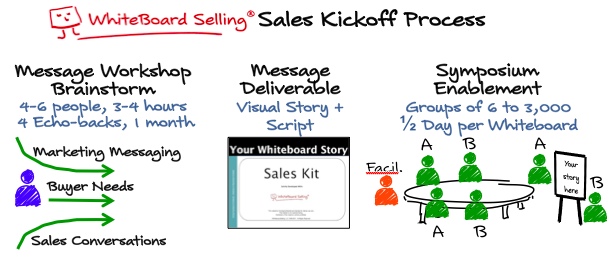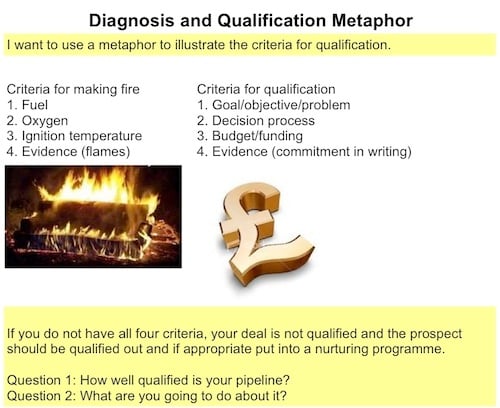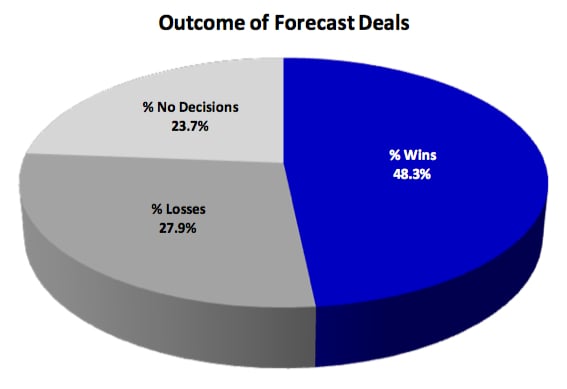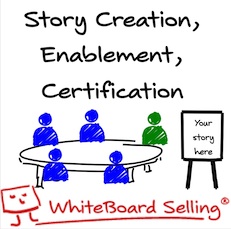My client who asked to remain nameless, works in a technology company and has been using a whiteboard to tell her story for about 6 months; she is a fan of Paper-Show digital paper for remote whiteboarding as she does most of her selling virtually.
Using the WhiteboardSelling Methodology, we worked with her team and created a powerful whiteboard story and helped her team develop mastery over the material in a Whiteboardselling Symposium.
Recently they started using the whiteboard during the introductory call to capture the client issues and it has made a big difference in their ability to qualify.
In the past, they held a 15 minute telephone call to understand the client's issues and to qualify them better before inviting them to a whiteboarding session. If qualified, they would then schedule a whiteboard session using Gotomeeting and these whiteboard sessions were usually well received by clients.
I asked Shirley what she thought of their new process.
"In the introductory call we don't talk about our products or service at all, except for the big-picture to frame the conversation, this is pure discovery.
Our top reps have complete confidence in telling our story and pretty much own the message; this means they can focus on the interaction with the buyer, rather than worrying what to say next.
Since we started using the whiteboard to capture the initial conversation, discovery has improved dramatically and our pipeline quality has improved. Not all of our reps have adopted the whiteboard in discovery yet and are sticking to the telephone only approach for the first call."
Lessons Learned.
- Using a whiteboard at the outset of a sales call for discovery disarms the client and they are typically intrigued by the interaction.
- Capturing client issues on the whiteboard and asking questions to drill down on problems and goals helps the client to open up when they might otherwise remain silent.
- Using the whiteboard for the discovery conversation, before telling your story improves diagnosis and qualification and increases pipeline quality.
- Instead of jumping in to your story, which most sales reps love to do, you are capturing the buyers story and drawing them out on the issues that are important to them. Let me ask you a question...Which is more valuable at the outset of the buying cycle?
- A whiteboard is an excellent way of creating consensus around next steps and gaining commitment to taking action.
- If you have done a good job with the discovery session, it will usually run over the time allocated and the client will want a copy of the whiteboard.







